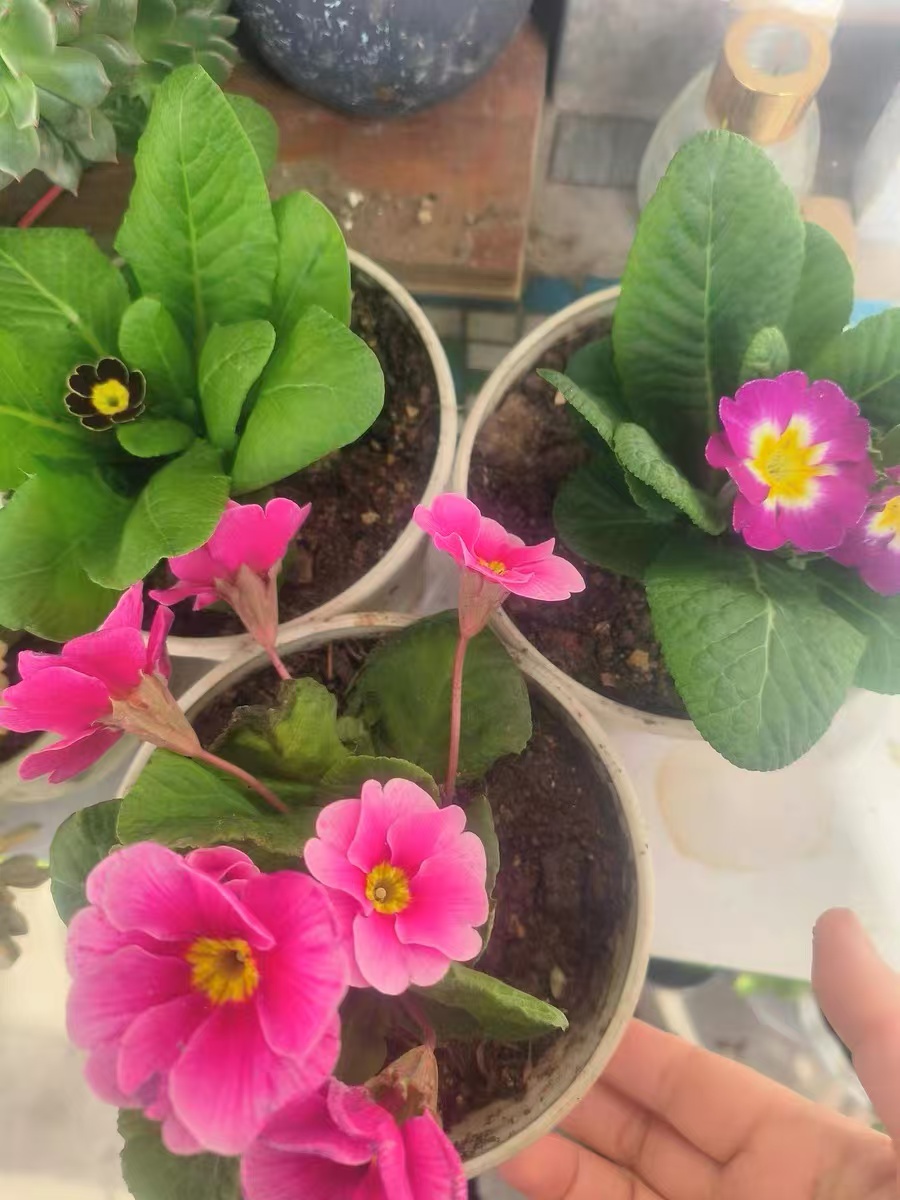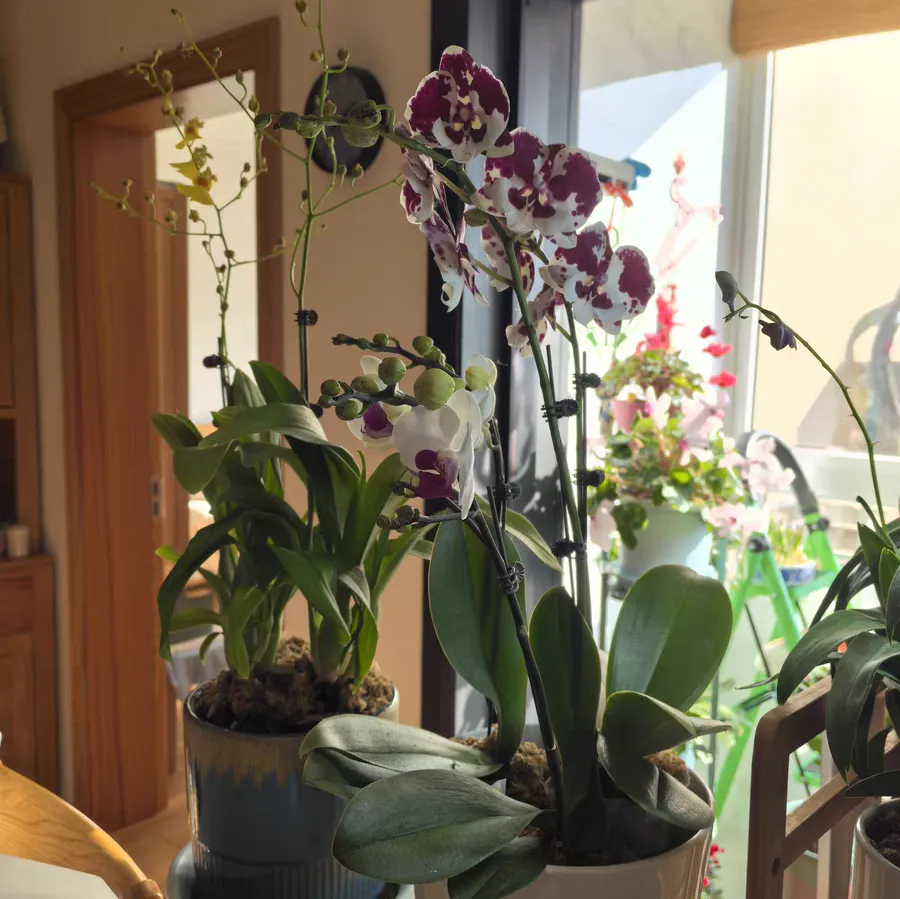In the cold seasons, there are still many flower plants that can bloom proudly, adding a touch of vitality and color to our lives. Today, let's get to know several flower plants suitable for growing in the cold, such as Primula malacoides, Petunia hybrida, and Nemesia strumosa.
Primula malacoides: Primula malacoides is a typical warm-temperate plant, but it also has a certain degree of cold tolerance. It is suitable for growing in cool, moist, well-drained and humus-rich neutral soil. Primula malacoides has a rich variety of flower colors, and its petals are delicate and charming, with high ornamental value. It can not only adorn our living spaces but also has certain medicinal value. It can clear heat and dry dampness, purge liver and gallbladder fire, and can be used to treat diseases such as cough due to lung heat and swelling and redness of the throat. Although Primula malacoides is somewhat cold-resistant, it is still necessary to take good warming measures under extreme low temperatures to avoid damage caused by frost.
Petunia hybrida: Petunia hybrida is a flower that loves warm and sunny environments, but it also has a certain degree of cold tolerance. The suitable growth temperature for Petunia hybrida is 13 - 18 °C. In winter, as long as the temperature remains at 4 - 10 °C, it can continue to grow. However, when the temperature is lower than 4 °C, the growth of the plant will stop. Potted Petunia hybrida should use loose, fertile and well-drained sandy loam soil to maintain its good growth state. Petunia hybrida has rich flower colors and beautiful flower shapes, and it is very suitable for being used as potted plants or flower bed plants. In the cold season, as long as Petunia hybrida is given sufficient sunlight and an appropriate amount of water, it can thrive and add a bright color to our lives.
Nemesia strumosa: Nemesia strumosa is a biennial herbaceous plant with strong cold tolerance. During the seedling stage, it can tolerate a low temperature of -5 °C. Nemesia strumosa has a variety of flower colors, including white, yellow, red, blue and so on, and its flowering period is from April to June. It likes to grow in well-drained, loose and fertile soil and requires sufficient sunlight and suitable temperature. In southern China, Nemesia strumosa can be cultivated in the open field or in a single-layer greenhouse; in the middle and lower reaches of the Yangtze River, it needs to be cultivated in a single-layer or double-layer greenhouse; while in the northern regions of China where the temperature is below -10 °C, when cultivated in a greenhouse, there should be three layers of thermal insulation coverings. The suitable growth temperature of Nemesia strumosa is slightly lower than that of Cineraria maritima, so ventilation should be started a little earlier and the vents should be a little larger. By adjusting growth conditions such as temperature, humidity and light, we can make Nemesia strumosa bloom the most beautiful flowers in the cold season.
Through the above introductions, we have learned that Primula malacoides, Petunia hybrida and Nemesia strumosa are all flower plants suitable for growing in the cold. They each have unique growth habits and ornamental values and can bring different surprises and beauties to our lives. Let's take good care of these beautiful flower plants in the cold season and enjoy the warmth and pleasure they bring together!
Which flower plants are suitable for growing in cold conditions?

Share with
Tagged in :




Leave a Reply